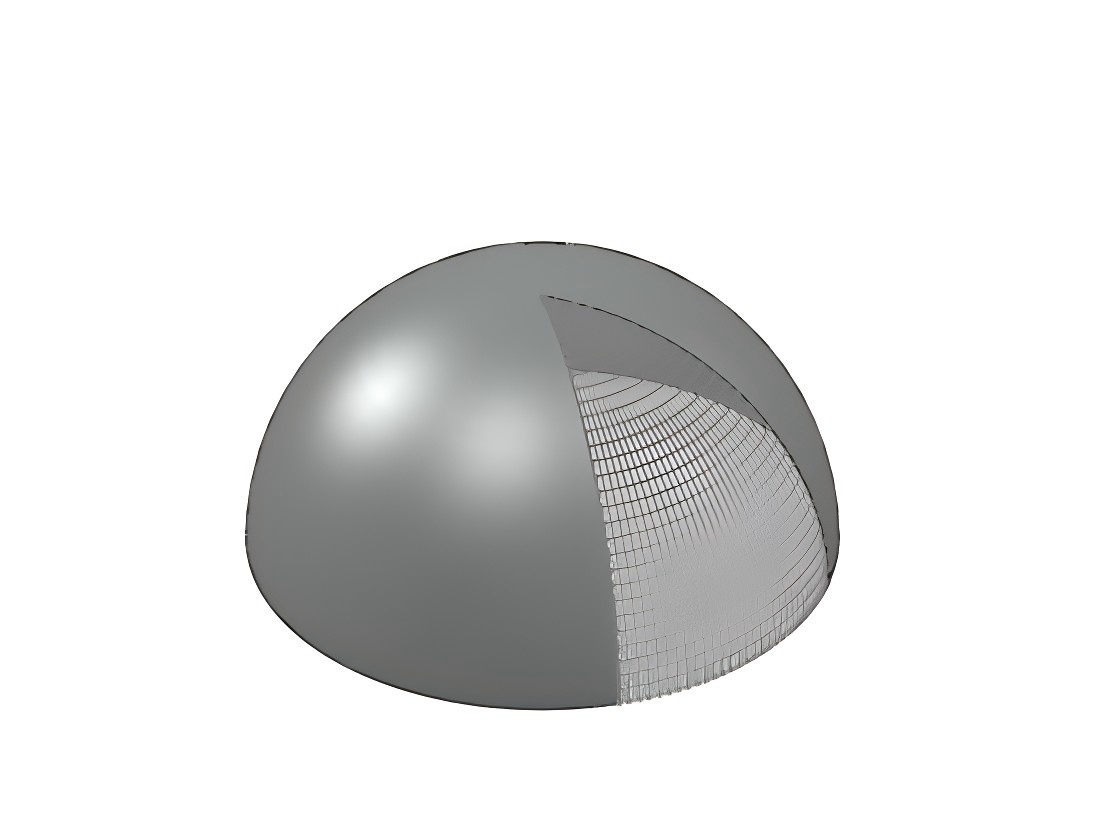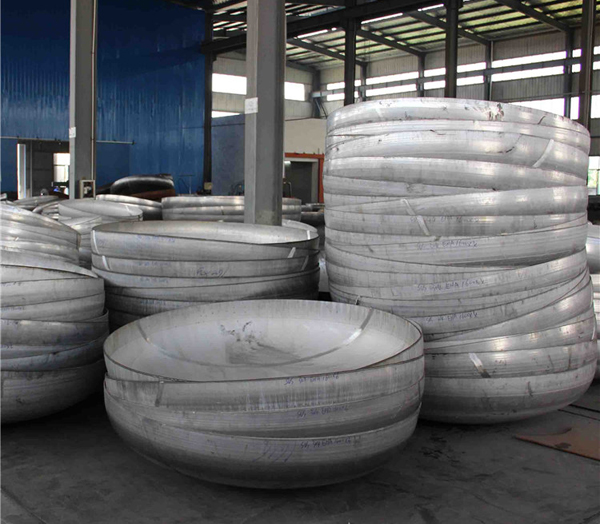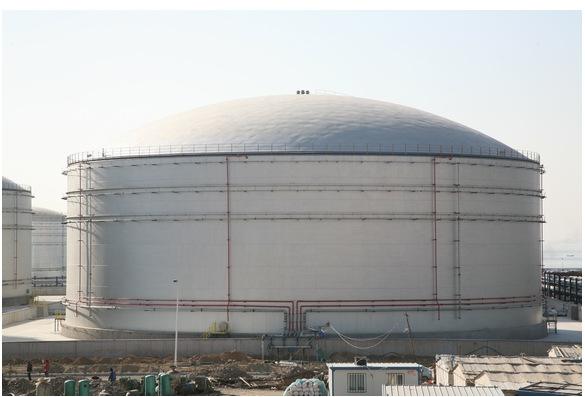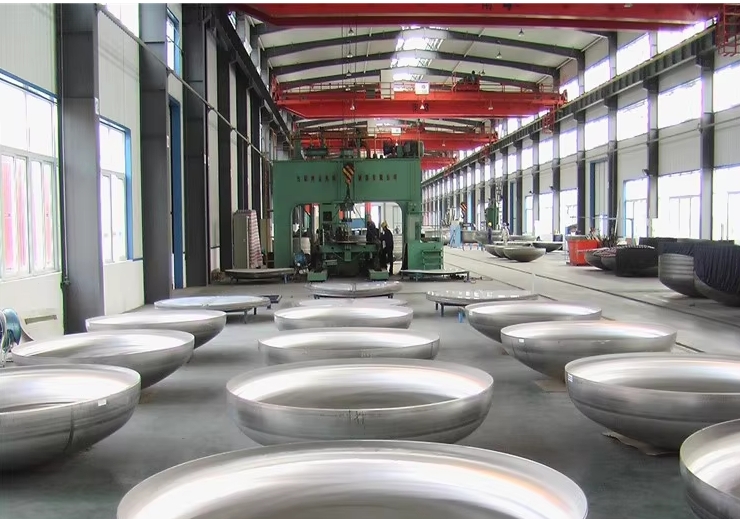Manufacturing High-Pressure Vessels With Hemispherical Heads
Upload Time:
Jan 22, 2025
Pre-Welding Preparations
Prior to welding, it is essential to clean the surfaces of the welding wire, the welding groove, and the surrounding area within a 50 mm radius to remove oil, grease, moisture, and other contaminants. Once cleaned and dried, welding rods should be stored in a dedicated heat-preserving container. The grooves are prepared using mechanical processing methods to ensure proper welding.
Choosing a Welding Method
The equipment features a thick wall and a small diameter, which increases the complexity of welding. After thorough evaluation, the butt joint welds on the hemispherical heads are executed using a single-sided welding technique that forms welds on both sides. To ensure weld quality, the shell is shielded with 99.99% pure argon gas during welding. The root pass is performed using gas tungsten arc welding (GTAW), while the filling pass utilizes manual metal arc welding (MMAW).
Groove Design for Welding
When designing the welding groove, the goal is to minimize the amount of filler material while ensuring adequate operability of the welding process for full penetration and optimal mechanical properties. The blunt edges and gaps in the groove are adjusted to achieve root penetration, while the groove angle and root radius are set for welding gun accessibility and material economy. For this purpose, an external single U-shaped groove is selected for the shell's butt joint weld.
Welding Parameter Selection
Austenitic steel has low thermal conductivity, making heat management critical during welding. Excessive heat input can lead to high molten pool temperatures, causing grain coarsening, reduced material strength, and lower impact toughness. Therefore, it is important to limit heat input by using low currents and multi-pass welding techniques. After completing each weld layer, slag must be entirely removed, and the weld must be inspected for defects like porosity, slag inclusions, or incomplete penetration. Any defects must be repaired immediately.
Key Process Control Points
Fabrication of the Authentication Ring
To verify that the welded Type A joints meet design specifications, an authentication ring is fabricated in accordance with relevant standards and drawings. The materials used for the authentication ring must match the main shell material in terms of standard, grade, thickness, and heat treatment state. Welding is conducted under the same conditions as the main shell.
Mechanical and chemical testing of the authentication ring involves tensile and transverse bending tests. Test piece dimensions and sampling follow the "Mechanical Performance Inspection of Welding Test Pieces for Pressure Equipment Products" (NB/T 47016-2011). As full-thickness tensile testing is not feasible, samples are taken in four equal layers along the thickness. After milling the top and bottom surfaces, the layers are cut using wire electrical discharge machining (EDM) for tensile testing.
Non-Destructive Testing (NDT)
Given the unique working conditions and structure of the equipment, a robust NDT strategy ensures weld quality, identifies defects early, minimizes rework, and ensures the equipment's safety. Following the sealing of the hemispherical head’s Type A weld, the process involves:
- Penetrant Testing: Perform 100% penetrant inspection per "Non-Destructive Testing of Pressure Equipment, Part 5: Penetrant Inspection" (NB/T 47013.5-2015), achieving Class I qualification.
- Radiographic Testing: Conduct 100% radiographic testing per "Pressure Equipment Non-Destructive Testing, Part 2: Radiographic Testing" (NB/T 47013.2-2015), achieving Level II qualification.
- Ultrasonic Testing: After polishing the weld surface, perform 100% ultrasonic testing per "Pressure Equipment Non-Destructive Testing, Part 3: Ultrasonic Testing" (NB/T 47013.3-2015), achieving Level I qualification.
Ensuring Quality and Reliability
The reliability of high-pressure vessels is closely tied to manufacturing quality. With high design pressures, compact dimensions, and challenging manufacturing processes, it is critical to ensure quality at every stage. By selecting appropriate materials, welding methods, and parameters, managing interlayer temperatures, and sequencing assembly effectively, each step of the manufacturing process is controlled. These measures guarantee weld integrity and manufacturing quality, ultimately enabling safe and reliable equipment operation and contributing to the stability of the entire system.
Relevant News








